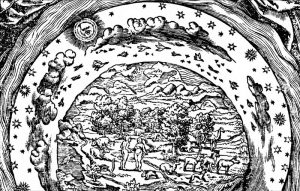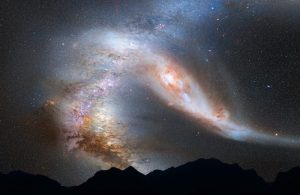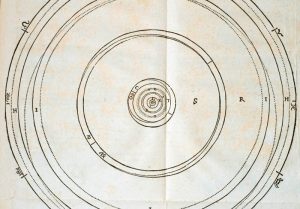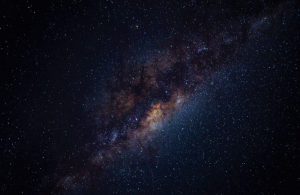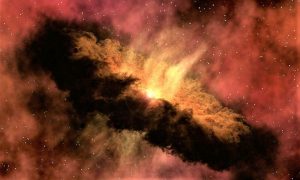Geocentrism
Geocentrism is a very old theory that mentioned that the earth was located in the center of the universe and that the stars, like the sun and the moon, were circling around the earth. This theory was widely accepted by all those who believed in God, because they considered that the earth was the planet where humans inhabited and that was a divine creation. This vision of the universe was initiated by Aristotle in the fourth century BC and was supported by Ptolemy. The theory was based on circular movements made by planets called epicycles. The scientists of the time did not accept it very well, but even so it managed to maintain for more than twenty years. The idea of the human being the center of the universe and also of creation was a logical idea for many who supported the Catholic dogma.
What is geocentrism?
It was a way of seeing the universe. A very ancient theory accepted positively by those who believed in God. For its creator and followers, the earth was the only center of the universe. All the planets, celestial bodies, stars, moon and sun were rotating in orbits around the earth.
About geocentrism
Geocentrism theory is one of the oldest ones created by man, and it contained a key question: What is the location of planet earth within the immense universe? This theory placed the earth as the center of the universe, it mentioned that all the planets, the sun and the stars that could be seen in the sky were rotating in orbits around the earth, and they did it by means of different circles. For Ptolemy, every planet that existed revolved in an epicycle and these epicycles orbited in a larger circle known as a deferent, and thus everything that existed revolved around the earth.
Geocentrism history
Since the 4th century, two different lines of development were defined in Greece, one of them was responsible for leading to the geocentrism of Hipparchus of Nicea and Ptolemy, being this last one its maximum exponent. At that time everything revolved around science and cosmology was responsible for placing the earth in the first place, while for them the moon, sun and planets were only holes placed in invisible wheels that bordered the earth and according to them, it was through these holes that human beings were able to see fire. Pythagoras’ followers agreed that the earth was round, but they did not consider it as the center of the universe. At that time, Plato claimed that the earth was a large sphere located in the center of the universe and that the planets and stars rotated through celestial circles. Eudoxo of Sconido gave a less superstitious explanation and tried to explain the movement of the planets based on Plato’s dictum, saying that all those phenomena that happened in the sky could be explained by means of uniform circular motion. In 1543, the theory was questioned by another which claimed that the planets revolved around the sun, yet geocentrism managed to hold on for many years.
Aristotle
Aristotle was in charge of explaining in detail the system Eudoxo had been talking about. According to the system, the earth, which was round, was located in the center of the universe and all the celestial bodies were adhered to 56 spheres that were in constant rotation around the earth, and, secondly, that the moon was the sphere positioned closer to the earth, causing a series of dark spots and he mentioned the different lunar phases. Then he explained through the system the different tendencies of the earth, such as water, fire and air. He claimed by his theory that the earth was the heaviest element that existed, he also stated that fire and air had a tendency to move away from the center of the earth and that water surrounded the earth because its movement was stronger towards the center.
Ptolemaic system
This system is an ancient Greek model of our solar system. It was written by Ptolemy and according to his ideas, the earth was located in the center of the universe and the moon revolved around it without stopping. At the same time, he reported that planets like Mercury, Venus, Mars and even the sun were also revolving around the earth. There were circumferences in which, for example, stars could be mobilized. He also introduced two different points on each side of the earth. One of them was the epicycle that revolved around the equator and not the earth, and the other was the orbiting body, which could be moved uniformly with respect to the equator. The equator was a point that was located near the center of planetary orbits, and explained to us that through it, we could know planets different speeds. He tried to explain that the movements were circularly uniform.
Medieval geocentrism
During the medieval period, the number of circles in which the planets supposedly rotated began to be analyzed, and a great confusion was created among scientists and scholars. The theologians of the time also made the mechanism that had been explained complicated because for them, the sky was full of angels, cherubim and others, and for each of them there was an epicenter.
Geocentrism today
Today, there are people who still think that the earth is the center of the universe, mainly religious and creationists who interpret their sacred books in this way. These ideas are now known as neogeocentrism. Today’s astrologers do not support the theory as a principle, however, they continue to use this model to make calculations in horoscope prediction.
How to cite this article?
Briceño V., Gabriela. (2019). Geocentrism. Recovered on 24 February, 2024, de Euston96: https://www.euston96.com/en/geocentrism/
